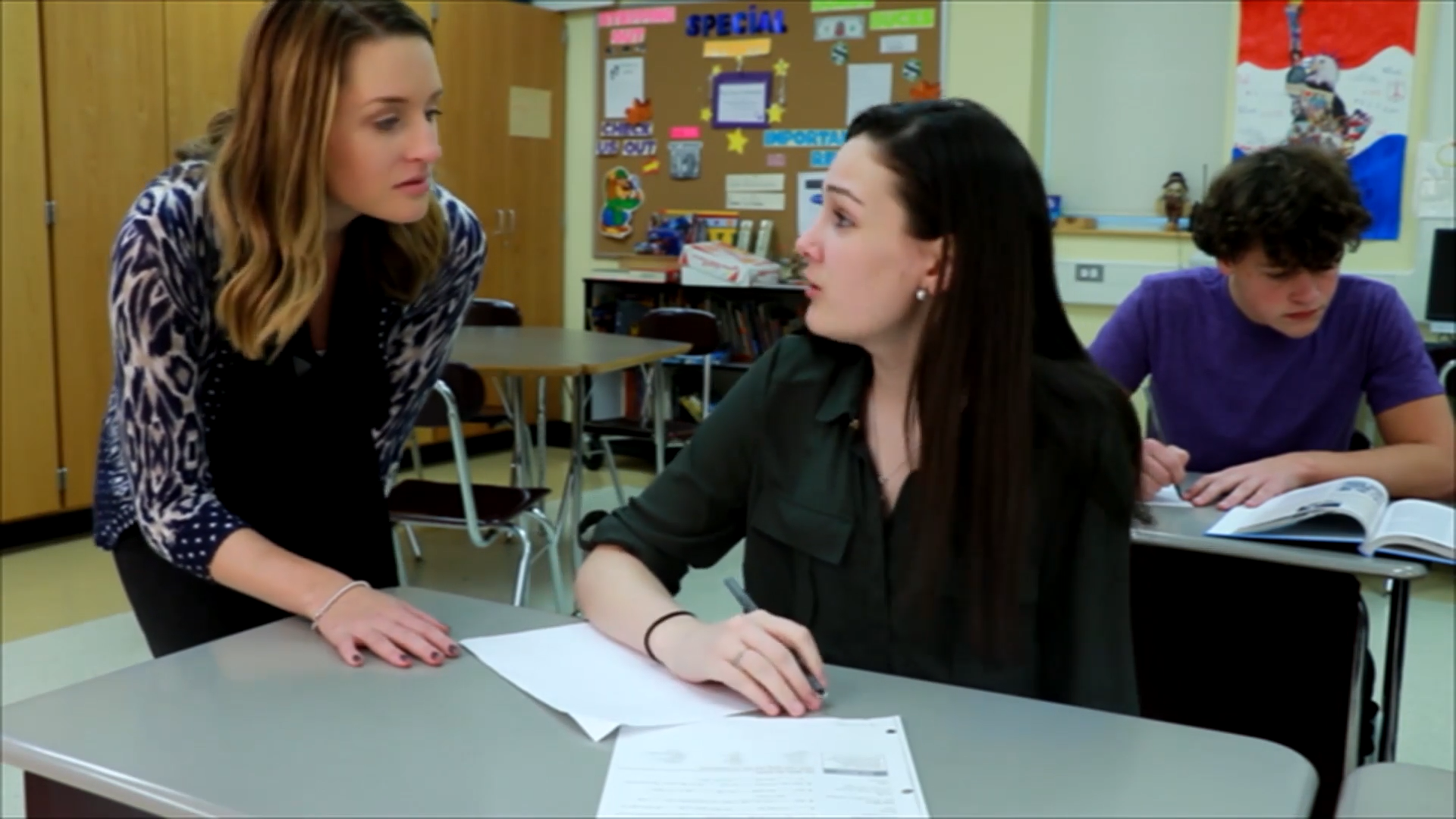In this blog post, we will explore the importance of open communication between students and teachers in the context of social-emotional learning (SEL). We will discuss an easy no-prep activity that educators can use to help middle school students feel comfortable asking for help and sharing their concerns. Additionally, we will provide discussion questions for further exploration, mention related skills, and suggest next steps to continue developing these essential communication skills.
Introduction
Open communication between students and teachers is a crucial aspect of SEL. It helps create a supportive classroom environment where students feel comfortable sharing their thoughts, asking questions, and seeking assistance when needed. When students are encouraged to express their needs and collaborate with their teachers, they develop essential skills such as self-awareness, self-management, and relationship-building. These skills not only contribute to academic success but also support students’ emotional well-being and overall personal growth.
No-Prep Activity
The “Help Me Out” activity is designed to encourage middle school students to ask for help when they need it. This activity requires no preparation or materials from the educator and can be easily integrated into the classroom routine.
- At the beginning of the class, remind students that everyone needs help sometimes, and it’s okay to ask for assistance.
- Encourage students to raise their hands and ask for help whenever they are struggling with a concept, assignment, or task.
- When a student asks for help, take the time to address their concerns, and guide them through the problem-solving process. Make sure to praise their initiative for seeking help.
- Share examples of when you, as the teacher, needed help and how asking for assistance led to a positive outcome.
By consistently practicing this activity, students will become more comfortable asking for help and engaging in open communication with their teachers.
Discussion Questions
- Why is it important for students to feel comfortable asking for help in the classroom?
- How can open communication between students and teachers contribute to a positive learning environment?
- What are some strategies students can use to effectively communicate their needs and concerns to their teachers?
- How can teachers create a classroom environment that encourages open communication and collaboration?
- What are some challenges that might arise when trying to establish open communication between students and teachers, and how can these be addressed?
Related Skills
Open communication between students and teachers is just one aspect of SEL. Other related skills that contribute to a supportive learning environment and promote personal growth include:
- Active listening: Students and teachers should practice active listening to better understand each other’s perspectives and needs.
- Empathy: Developing empathy helps students and teachers connect on an emotional level and fosters a supportive classroom environment.
- Conflict resolution: Learning to resolve conflicts in a respectful and constructive manner is essential for maintaining positive relationships in the classroom.
- Collaboration: Encouraging teamwork and collaboration among students and teachers promotes a sense of community and shared responsibility for learning.
Next Steps
To continue developing open communication skills and explore other aspects of SEL, we encourage you to sign up for free samples of our resources at Everyday Speech. These materials will provide you with additional activities, strategies, and tools to support your students’ social-emotional growth and create a positive learning environment in your classroom.






